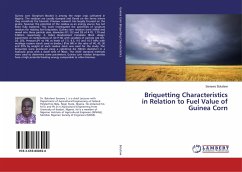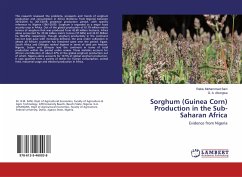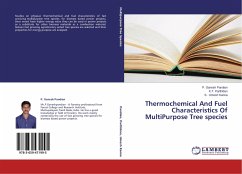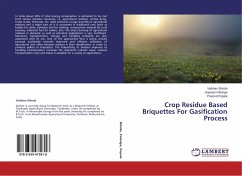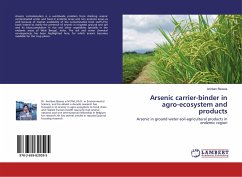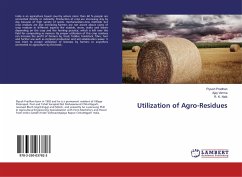Guinea corn (Sorghum Bicolor) is among the major crop cultivated in Nigeria. The residues are usually dumped and flared on the farms where they constitute fire hazards. Previous research has largely focused on the grains, however the potential of the residue as an energy source has not been fully explored. This work investigated the potentials of sorghum residues for making fuel briquettes. Guinea corn residues were milled and sieved into three particle sizes, diameters D1, D2 and D3 of 4.70, 1.70 and 0.60mm respectively. A 3x4x4 Randomized Complete Block design experiment at combinations of (Di Pi Bi) with variables of particle size (D1, D2, D3), Pressure,(P1 to P4) at levels of 7.5, 8.5, 9.5 and 10.5 MPa with mutilage cassava starch used as binder,( B1to B4) in the ratio of 40, 45, 50 and 55% by weight of each residue stock was used for the study. The briquettes were produced using a cylindrical die (56mm diameter) in a hydraulic press with a dwell time of 90sec. The ASAE standard methods were used to determine some parameters. Guinea corn residue briquettes have a high potential heating energy comparable to other biomass.

